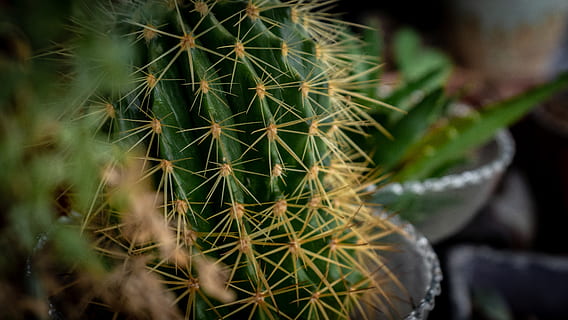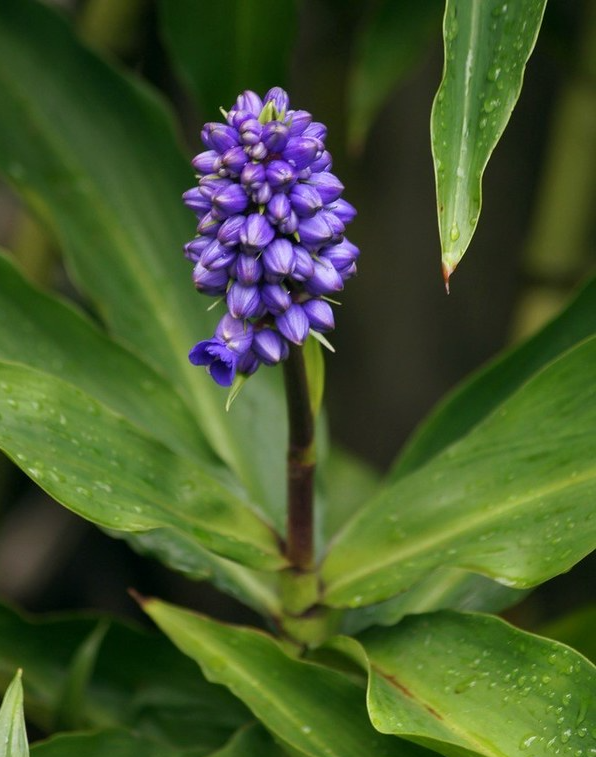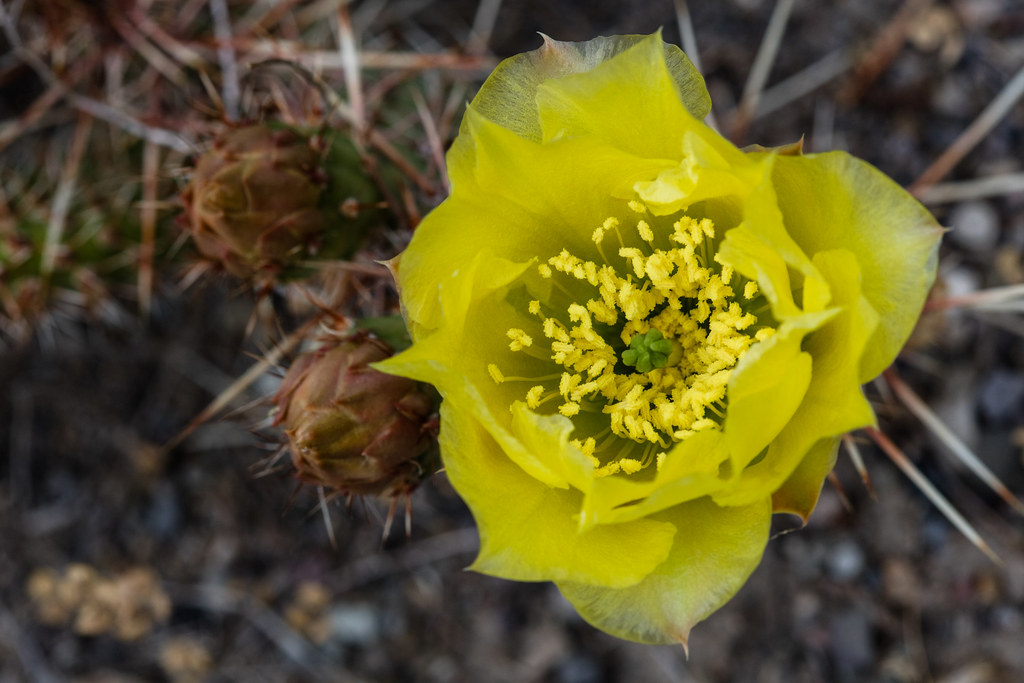Choosing the best house plants for your conservatory can be a challenge. In the height of summer, your conservatory gets a lot of exposure to sunlight, often creating dry, hot conditions inside. This isn’t ideal for the vast majority of house plants, which need a certain level of humidity, ventilation, and regular watering to thrive. Whilst there are techniques you can use to raise the humidity levels when required (more on this below), the most sensible option is to select species of plants that you know will do well in your conservatory regardless.
As well as surviving, you probably also want your conservatory plants to add to the aesthetic of the room. Bright, tropical varieties can be a stunning addition to a conservatory, filling the space with colour and adding vibrancy, whilst cacti and succulents can help to create a minimalist look. Smell is another common consideration, with many homeowners choosing fragrant plants that make the environment feel more pleasant and relaxed. Finally, there are more traditional options such as citrus plants, which not only provide colour and fragrance but also fruit.
Whether you’re looking to create a certain look or simply add some sweet-smelling fragrance with your choice of plants, this KLG Rutland guide has got you covered. Beginning with colourful, exotic species, we’ll move on to discuss the more minimalist and traditionalist options available. In addition to helping you find the best house plants for your conservatory, we’ll also explain how to raise humidity levels in the room so that they can thrive throughout the year.
Add a splash of colour with your conservatory plants
Choosing plants for your conservatory is an important aspect of interior design – and if the style of your conservatory is quite neutral, adding a splash of colour can really brighten things up. A great way to achieve this is by adding some more unusual exotic house plants to the mix. In this section, we’ll look at tropical species that can enhance the aesthetic of your conservatory whilst also introducing some pleasant fragrances.
Strelitzia reginae (bird of paradise)
Strelitzia reginae (bird of paradise) is an excellent choice for a conservatory that gets a lot of exposure to sunlight. Its distinctive flowers and bright, bladed leaves make this plant a perfect focal point for the room and provide a beautiful contrast when set against white or grey decor. If you’re looking to create a luxurious atmosphere, then bird of paradise plants are an ideal choice. Provided you give them rich, well-drained soil, they aren’t too difficult to grow, either.
Dichorisandra thyrsiflora (blue ginger)
Well-known for its vibrant violet flowers, Dichorisandra thyrsiflora (blue ginger) could be a stunning addition to your conservatory, particularly during the autumn months when it’s in full bloom. As with many tropical plants, it’s important that your soil is well-drained for blue ginger to really thrive. Unlike bird of paradise plants, however, blue ginger survives best if you keep it slightly more shaded from sunlight. If there are any slightly shady spots in your conservatory that you would like to brighten up, strategically placed Dichorisandra thyrsiflora can help.
More minimalist house plants
For those who are fond of a more modern, minimalist style, there are plenty of house plants that can bring your conservatory to life without compromising on the pared-down look you’re going for. Many of these species have the added advantage of being exceptionally easy to grow, requiring little to no nurture.
Cacti and succulents
Amongst the hardiest of plant types, cacti and succulents are go-to conservatory plants for many homeowners. Many varieties such as Opuntia fragilis (brittle cactus) will survive throughout the winter; this species also blossoms with beautiful yellow flowers in July and August, bringing some subtle colour and fragrance into the space. For a more monotone, neutral look, try the Peruvian Tillandsia cacticola (cactus-dwelling air plant).
Ceropegia linearis (string of hearts)
A truly contemporary look can be attained by using Ceropegia linearis (string of hearts). With their trailing strings of heart-shaped leaves, these aptly named perennials make an excellent understated centrepiece for your conservatory. Semi-succulent plants like string of hearts are very popular at the moment, particularly amongst the younger generations, and they can tolerate dry soil so they are relatively easy to keep.
Traditional conservatory plants
Try introducing some classic conservatory and orangery plants such as citrus fruits for a more traditional aesthetic. Wealthy European homeowners have been constructing orangeries since as early as the 17th century. Whilst we now think of orangeries solely as a type of glass-roofed house extension, one of the original definitions of the word was ‘a place where oranges are cultivated, particularly in cold climates’ (one of the main uses of an orangery when they were first invented). By introducing potted orange or lemon trees to your conservatory, you can add a touch of heritage to the room whilst also benefitting from a supply of delicious fruit!
How to raise humidity levels so your plants can thrive
Unless you’ve chosen a hardy cactus or succulent, your conservatory plants are going to need regular watering, ventilation, and humidity to thrive. There are a number of ways to raise the humidity levels in your conservatory:
- Mist your plants
If you’d naturally spend a lot of time in there, it’s worth lightly spraying your plants with water every now and again (although check that this is a suitable approach for the species you’re growing first).
- Put a dish of water out
Try putting the plants that need the most humidity together and placing a dish of water in the centre of them to create a humid microclimate around them.
- Invest in a humidifier
The simple solution is just to buy a humidifier for your conservatory. This will increase the humidity levels of the entire room, so make sure that you only place plants that love humid conditions in there.
We’ve looked at a range of different options over the course of this blog and hopefully it’s provided you with some helpful inspiration for choosing your own conservatory plants. If you need any assistance with conservatory refurbishment or you’re thinking of replacing your conservatory, don’t hesitate to get in touch.








